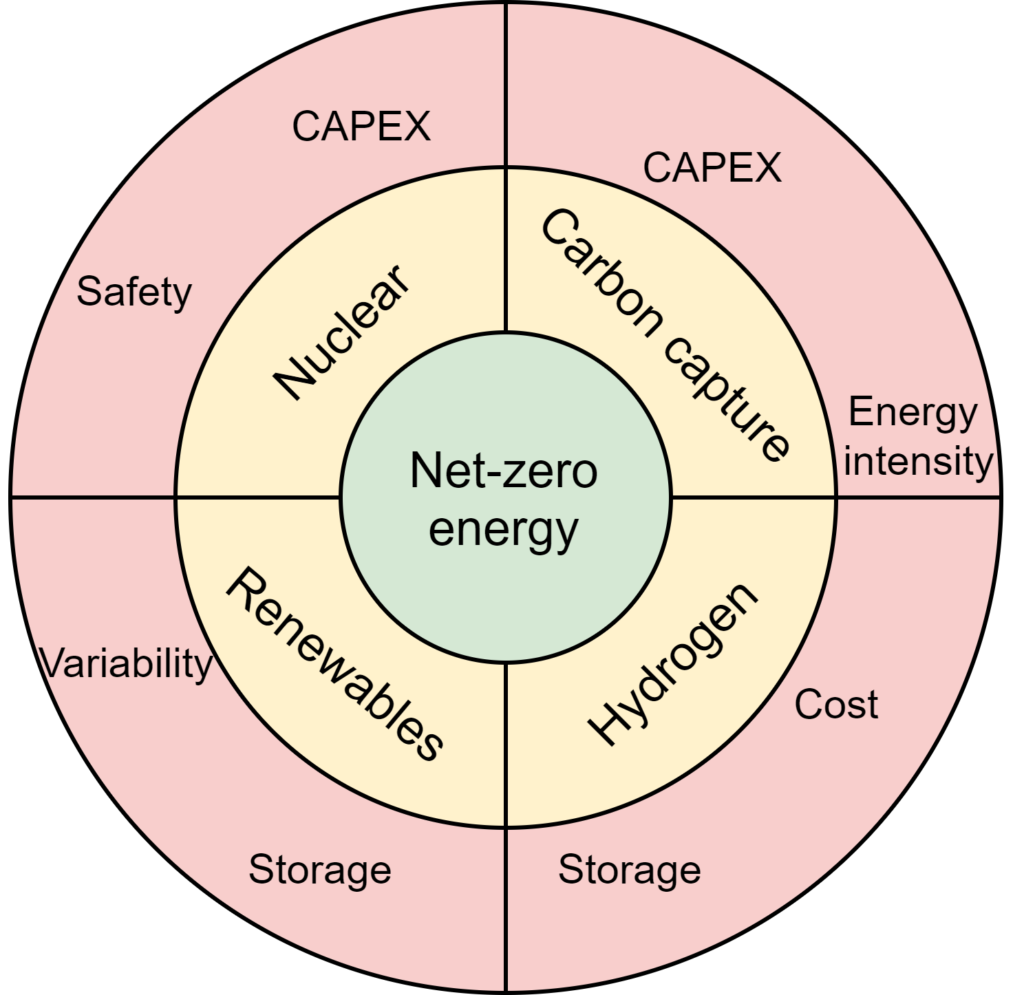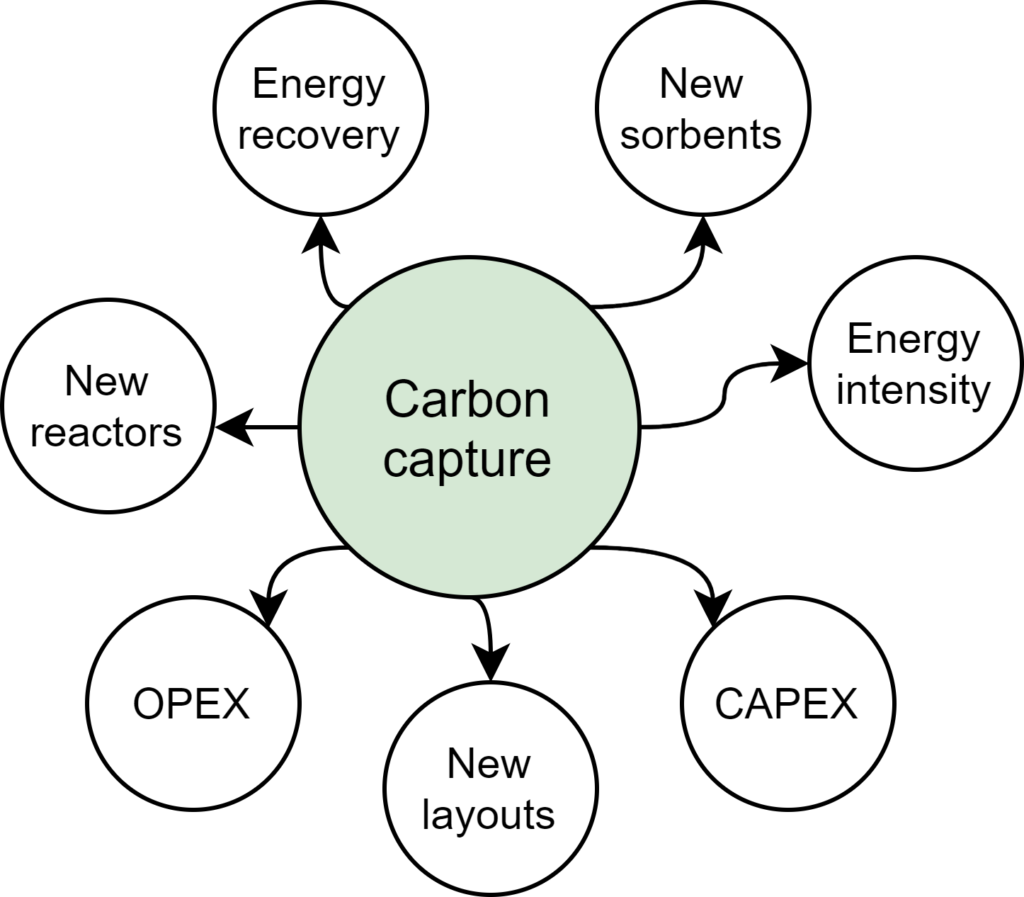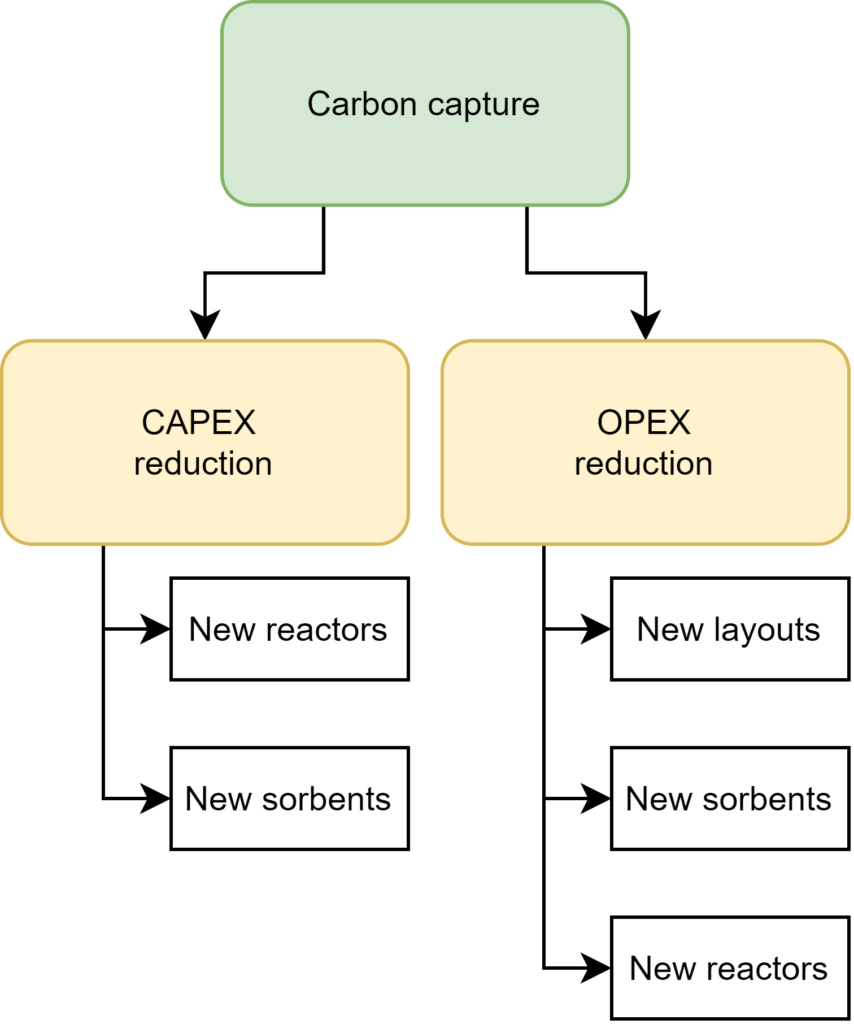One of the characteristics distinguishing Motivated Academic from the rest of academics is the fact that they believe that their research is a calling.
They are eager to develop new research ideas, brainstorm, explore the unknown, face uncertainty, and challenge the status quo in their research. They’re not worried to innovate, they’re innovators!
The generation of ideas is a crucial aspect of research. After all, we do need to come up with ideas for our research projects and, consequently, research articles. We briefly explained this key characteristic of motivated academics in our Manifesto.
But we believe that developing brainstorming skills is crucial to your academic success. That is why in this article, I would like to give you some of the best brainstorming tools and techniques that you can use at different phases of your research.
Let’s get started, Motivated Academics!
Table of Contents
What is brainstorming?
Before we jump into discussing different brainstorming tools and techniques that you can apply in your research, let me define what brainstorming actually is.
According to the Cambridge Dictionary, “an activity or business method in which a group of people meet to suggest a lot of new ideas for possible development.”
The above definition implies that you need to have a group of people for an efficient brainstorming session. This could include your PhD supervisors, project leads, principal investigators and even your teammates.
However, I believe that you can also make significant progress in your research when you use the brainstorming techniques just yourself.
Why is brainstorming useful?
Now that you know what brainstorming is, let me explain why it is useful and why we should be using it in our research.
The main benefit of brainstorming is that it allows you to ideate and develop ideas in a systematic way. In addition, brainstorming techniques provide frameworks that help you guide your thinking. This will help you to generate multiple ideas in a short period of time.
Moreover, if you involve others in your ideas brainstorming session, you’ll benefit from reduced bias, consideration of different perspectives, understanding the bigger picture of the problem you’re trying to solve.
What are the best tools and techniques for brainstorming?
When you search Google for “brainstorming tools”, the answer you’ll receive is a set of software of freeware that can support your brainstorming. These usually include Google Docs, MindMap, IdeaBoardz or AYOA tools, just to name a few. There are many online brainstorming tools that you can consider in your research.
But in many situations, what you are actually looking for are brainstorming techniques that will let you achieve the goal of your brainstorming activity. That’s why in this article, I’m going to discuss the best brainstorming techniques you can use at different phases of your research project.
Brainstorming tools for idea generation
Six thinking hats
The six thinking hats model was developed by Edward de Bono. It helps you approach the problem from six different perspectives, allowing you to reduce bias in your brainstorming. This model is especially useful when you brainstorm potential ideas for your research papers or projects.
The six hats include:
- the factual hat (white hat) – at this stage, you are thinking about what you already know or need to find out;
- the creative hat (green hat) – at this stage, you are thinking about alternatives, ideas, possibilities that can help you generate solutions to your challenge in focus
- the optimist’s hat (yellow hat) – at this stage, you are thinking about the solutions or issues from the most positive perspective; try to identify benefits and value added;
- the judge’s hat (black hat) – at this stage, you are exploring the risks and critically appraising any concerns you may have;
- the hat for the heart (red hat) – at this stage, you consider the feelings you have about the solution or the challenge you’re trying to solve; think about fears and likes;
- the conductor’s hat (blue hat) – at this stage, you’re controlling the decision-making process and you organise the entire process to make sure you followed the six thinking hats guidelines.
Here you can find a brainstorming template of the six thinking hats model.
Gap analysis
A gap analysis is a model that you can use to identify the gaps between the current performance (or state-of-the-art) and the desired performance.
This is particularly useful when you perform a literature review and want to identify knowledge gaps.
The process for gap analysis is relatively simple and comprises of 5 steps:
- Define focus for your analysis – determine what it is that you want to focus on in your brainstorming activity, including research gap, specific area of the literature, or even your approach to project management
- Reflect on the current state – determine what do you know about the current state-of-the-art? What are the challenges and issues that need to be improved?
- Define the desired future state – considering the challenges identified above, set the realistic target that will provide the focus for your work. In other words, when will you know that you’ve achieved your goal?
- Identify gaps – reflecting on the current state and future state, what obstacles and challenges need to be resolved to move forward and advance your research field?
- Identify solutions – how the gaps identified above can be resolved?
Here you can find a template for this brainstorming tool.
Concept map
Concept maps are useful to visualise the idea that you are evaluating and researching. You may use sticky notes to create a kind of mind map or you can use one of the online brainstorming tools.
The concept map comprises the data elements (blocks) and arrows (information) that let you represent the data and information flow in your concept.
In contrast to mind maps, concept maps can include multiple perspectives, a large amount of data and can include cross-connections between branches. Therefore, concepts maps are useful to map and understand the interconnectivity of information in the current literature.
To create a concept map, you simply follow this process:
- define the topic or research area that you want to investigate
- identify the key sub-areas in your main area of focus
- define key debates and trends
- identify challenges and issues to be solved
- identify potential solutions
Reverse brainstorming canvas
The reverse brainstorming canvas model aims to support your creative thinking and idea development by looking at the initial problem from another perspective.
To generate new ideas, you will focus on your research question and ask yourself “what would not work” rather than “what would work”!
This kind of reversed perspective is a powerful brainstorming technique for problem-solving, especially when you’re stuck and need a new perspective.
Here is a simple 4 step process you can follow to use this brainstorming technique in your research:
- State the problem you’re trying to solve;
- State the reverse problem to the one you’re trying to solve;
- Develop and brainstorm potential solutions to the reverse problem you developed in step 2;
- Reverse the solutions developed in step 3, to find the solutions to the original problem defined in step 1.
Problem statement
You may not realise this, but when you develop a problem statement for your research project, you’re actually using one of the most powerful brainstorming tools.
A problem statement is a concise and clear representation of the challenge that you set out to solve in your research. This model helps you break down the BIG problem that you’re trying to solve into more manageable components by asking specific questions.
Here are the 6 steps you can follow to develop a problem statement for your research:
- state the problem that you want to solve;
- “who” – determine who is the central audience/subject of your investigation;
- “what” – state the desired outcome for the problem you’re trying to solve;
- “barriers” – state the challenges and barriers that stand in the way;
- “cause” – determine the main reason for the problem and the barriers;
- “emotion/impact” – determine the emotion of the audience or the impact on the subject that the problem you analyse results in.
Brainstorming tools for mind mapping
Flow map
Often, we do need to develop step-by-step frameworks or processes that we later follow in our research. This is particularly useful at the design of the experiment stage of your research or general planning stage.
A flow map is one of the most useful mind maps that you can use as a brainstorming technique. You can see this mind map as a flow chart that lets you visualise your concept as a logical flow of information or steps.
Here are 3 steps that you can follow to create a flow map for your research:
- break down the entire process into small steps
- order these steps in a logical order
- connect the small steps with arrows

Circle map
In our research, we often evaluate the relationships between the core concepts and the wider environment. This is particularly useful for exploring how related ideas are connected to the core idea we’re investigating.
A circle map is a useful mind map. It clearly shows how each additional layer of understanding connects to the main idea. And these are really simple to create too.
Here are the 4 steps that you can follow to create a circle map:
- draw a circle in the middle of the page and write the core idea or concept in the middle;
- draw another circle the core circle and fill it with categories that you want to evaluate – a category can be a specific challenge to investigate;
- draw another circle around the previous one and for each category defined previously determine viable solutions
- you can continue drawing circles and gain more insight into specific aspects of your research area

Bubble maps
If you’ve learnt a foreign language, you may have had a teacher who wrote a word in the middle of the blackboard and then drew small bubbles around it that would describe that word.
You may not have realised it at that time, but they used a bubble map! A bubble map is a great brainstorming tool that can help you to explain a specific theme or topic with descriptions.
Here is a simple 2-step process you can use to prepare a bubble map:
- define the theme and write it down in the middle of the page
- write down any idea/challenge/solution in the bubbles around the word

Tree map
Have you ever tried to map out the literature that you are reviewing to understand the knowledge gaps? I have and I used a tree map to do so.
A tree map is a kind of mind map that breaks down the subject into categories, sub-categories and so on. It can help you understand the fine detail of the research area and represent them in a graphical way for easier brainstorming.
To use this mind mapping tool, follow this process:
- write down the research area or challenge to investigate
- determine key trends or categories in your research area
- break categories into sub-categories
- determine key challenges in each sub-category
- define potential solutions for each challenge
- identify the most viable route for your research

Multi-flow map
In our research, we are often interested in understanding the causes and effects of specific actions and events.
A multi-flow map can help you graphically represent the problem you are investigating and help you determine its causes and effects. You can simply write down the event in the middle of the page and then write down the potential causes on the left-hand side and the effects on the right-hand side.

Brainstorming tools for problem-solving
Blind writing
Whenever you feel stuck with writing or experience writer’s block, you need to find a way to get out of this state.
Blind writing is a great brainstorming technique that I regularly use at work to progress in my writing.
So how does it work? It’s simple but may seem counterintuitive at first.
Stop thinking about the writing process, don’t focus on what you’re writing, and start writing down anything that comes to mind.
Starbursting method
A starbursting method is a useful visual brainstorming tool that can help you start writing or investigating the specific topic in more detail.
The process is simple. Write down the key topic, challenge or benefit in the centre of a six-armed star. Each arm will represent one of the following words: who, what, where, when, why and how.
Following this simple process will help you generate questions and explore your topic in more detail. It is particularly useful for problem-solving activities.
Trigger statements
Do you struggle to think creatively and generate new research ideas? I was there myself until I found out about trigger statements.
The role of a trigger statement is simple – to prompt you to generate new ideas. For example, you may ask yourself the question such as “the issue with X occurs if …” and then you write down your thoughts and reflections on this specific question.
Fill-in-the-gaps method
Similarly to the gap analysis, the fill-in-the-gaps method aims at determining the path from the current state (aka. staring point) and the desired end result.
To use this technique, you simply need to set the starting point. You can do this using mind maps based on the literature review.
Then, you will set the desired objective for your research project. The final phase is to outline the key steps or strategies that will help you bridge the gaps between the starting point and the desired state.
What-if method
I tend to overuse this method myself, usually in conjunction with flow charts and mind maps as sources of information!
It is simple yet very powerful. Basically, you need to set a central subject for your investigation and then ask yourself questions using “what if” as a trigger to come up with ideas. For example, you may ask yourself “what if we change the design of this process in this way”.
You can now see why it is such a powerful brainstorming technique!
Conclusions
Don’t have ideas for your original research? Fear not! The brainstorming tools and techniques I outlined in this article are there to save you. And I’ve barely scratched the surface of the idea generation tools that are available.
The important thing? Find something that works for you best, regardless of whether this is a flow map, flow chart, mind map or trigger questions.
Do you currently use any specific brainstorming tools for idea generation? If yes, share them in the comments below!




